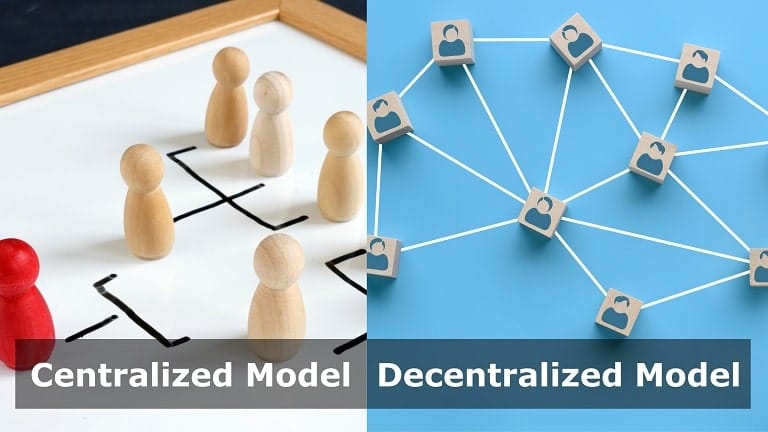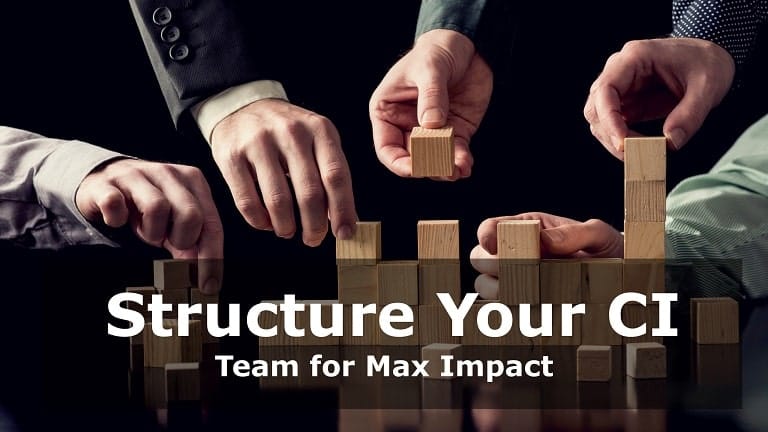- Start with Clear Objectives and Business Alignment
- Centralized vs. Decentralized CI Structures
- Define the Right Roles for Execution
- Build Smart Reporting Lines and Collaboration Channels
- Consider a Hybrid Model for Agility and Scale
- Build Cultural Buy-In Across the Organization
- Review and Evolve Your CI Team Regularly
- Final Thoughts: Structure Is a Strategic Lever, Not a Box on a Chart
In today’s fast-paced, cost-conscious, and innovation-driven business environment, Continuous Improvement (CI) has evolved from a “nice-to-have” initiative into a strategic imperative. But while many companies invest in Lean Six Sigma training, Kaizen events, or data-driven workshops, they often miss a critical piece of the puzzle: team structure.
The structure of your CI team isn’t just about titles and reporting lines—it’s about enabling execution. When done right, a well-structured CI team drives meaningful transformation, aligns tightly with business goals, and builds a culture of operational excellence across the organization.
In this article, we break down how to structure your CI team for maximum impact—based on practical models, proven strategies, and scalable frameworks.
Start with Clear Objectives and Business Alignment
Before deciding how to structure your team, define what you expect CI to accomplish. Are you focused on:
Reducing operational costs?
Enhancing customer satisfaction?
Accelerating time to market?
Driving digital transformation?
These goals will inform how you build your team. For example, a company focused on reducing lead time may require a CI team with strong data analytics and process automation expertise. On the other hand, an organization focused on customer experience might prioritize voice-of-customer integration and cross-functional collaboration.
Business alignment ensures that CI is not operating in a vacuum—it’s driving outcomes that leadership actually cares about.
Centralized vs. Decentralized CI Structures

One of the most common questions when structuring a CI team is whether to centralize or decentralize resources.
In a centralized model, a single CI team manages initiatives across the company. This model ensures consistency, expertise, and visibility.
In a decentralized model, CI professionals are embedded within business units, closer to day-to-day operations and decision-making.
Each model has advantages and limitations. Centralized teams can struggle with responsiveness, while decentralized teams may drift from enterprise-wide priorities. Consider your company size, complexity, and maturity level when choosing a model.
Both centralized and decentralized CI models are widely used across industries, and choosing the right one depends on your organization’s size, complexity, and goals.
Learn more about how top-performing companies structure their CI programs in this McKinsey article on operational excellence.
Define the Right Roles for Execution
The success of your CI team depends on hiring and organizing around execution—not just theory.
Here are some key roles to include:
CI Director or Head of Operational Excellence
Sets the strategic agenda, secures leadership buy-in, and ensures that CI efforts are aligned with enterprise goals.Project Managers / Black Belts / Lean Practitioners
Lead specific improvement initiatives, coach frontline teams, and deliver measurable results.Data Analysts or Process Analysts
Use tools like value stream mapping, control charts, and dashboards to inform decision-making.Change Agents or Champions
Act as liaisons in departments, facilitating adoption and building a culture of continuous improvement.
Each role must have clear ownership, performance metrics, and a feedback loop with business leadership. Avoid vague titles and overlapping responsibilities.
Build Smart Reporting Lines and Collaboration Channels
One of the most overlooked aspects of CI structure is who the team reports to and how they collaborate.
Ideally, CI should report directly to a senior executive (e.g., COO, CFO, or CEO) to maintain visibility and authority. Reporting to middle management risks diluting impact and slowing down decisions.
But structure alone isn’t enough. CI must collaborate cross-functionally with:
Operations – to drive frontline execution.
Finance – to quantify ROI and track performance.
IT – to enable automation, integration, and digital workflows.
HR and Training – to sustain improvements and upskill employees.
The CI team should be positioned as a central enabler—not just another silo.
Consider a Hybrid Model for Agility and Scale
Many organizations find success with a hybrid CI model, blending centralized oversight with decentralized delivery.
A central CI office sets enterprise-wide standards, trains staff, monitors KPIs, and shares best practices.
Embedded CI professionals work within business units to manage initiatives, build trust with frontline employees, and ensure operational relevance.
This approach combines the strategic alignment of centralization with the responsiveness and agility of decentralization. It’s especially effective in large, geographically distributed, or matrixed organizations.
Build Cultural Buy-In Across the Organization
No matter how well your CI team is structured, it will underperform without cultural alignment.
Improvement initiatives often fail not because of flawed tools—but because of resistance to change, lack of ownership, and poor communication.
To create a culture that supports CI:
Train leaders and employees on CI principles—not just the CI team.
Celebrate wins and recognize contributors to reinforce positive behaviors.
Make data transparent and decisions inclusive.
Avoid jargon and use plain business language when communicating initiatives.
Ultimately, your CI team should act as coaches, not just auditors. The goal is to empower others—not to create dependency.
Review and Evolve Your CI Team Regularly
The structure you choose today may not fit tomorrow.
Your CI team should evolve as your organization grows, your market shifts, or your strategic priorities change. Conduct regular reviews of:
Team capacity and skill sets
Cross-functional collaboration effectiveness
Alignment with executive priorities
Return on investment from CI projects
Don’t be afraid to restructure, reskill, or reassign resources to meet changing demands. Continuous Improvement should apply to the team itself—not just the business.
Final Thoughts: Structure Is a Strategic Lever, Not a Box on a Chart
A well-structured CI team doesn’t just optimize processes—it transforms performance. It connects people, systems, and ideas. It delivers speed, savings, and sustainability.
But that only happens when the team is designed intentionally—with the right mix of central guidance and local execution, strategic alignment and cultural buy-in, process rigor and agile action.
So whether you’re launching your first CI function or scaling up a global program, start with this principle: structure follows purpose. Know your goals, build your structure to match them, and keep evolving for long-term success. To effectively implement and scale your Continuous Improvement initiatives, ensuring you have the right leadership and expertise is crucial. Connect with Lean Six Sigma Executive Recruiters like JRG Partners to find the talent that will drive your organization’s impact.


